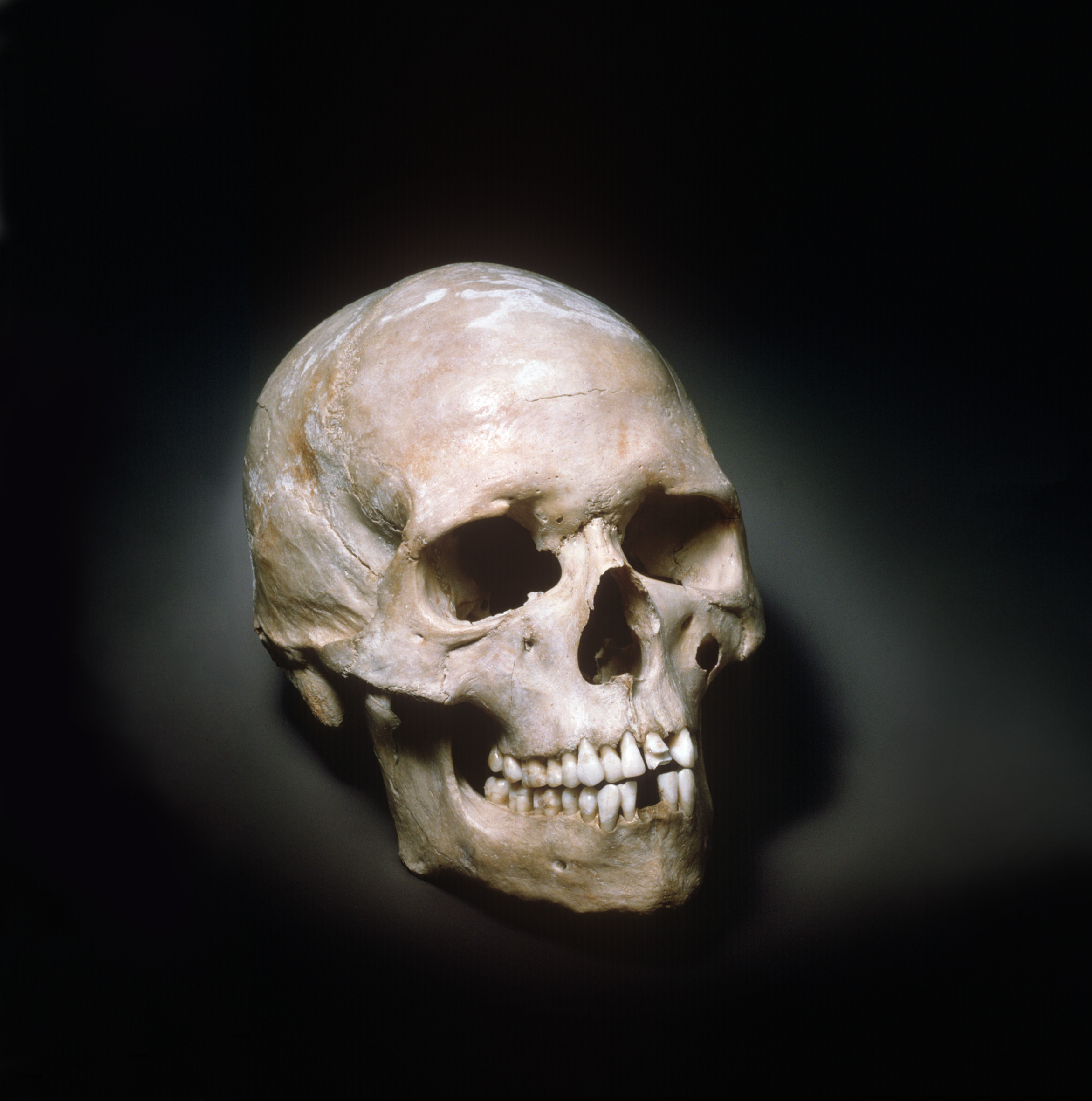Bichon man on:
[Wikipedia]
[Google]
[Amazon]

 Grotte du Bichon is a
Grotte du Bichon is a

 Grotte du Bichon is a
Grotte du Bichon is a karst
Karst is a topography formed from the dissolution of soluble rocks such as limestone, dolomite, and gypsum. It is characterized by underground drainage systems with sinkholes and caves. It has also been documented for more weathering-resistant ro ...
ic cave in the Swiss Jura
Swiss may refer to:
* the adjectival form of Switzerland
*Swiss people
Places
*Swiss, Missouri
* Swiss, North Carolina
*Swiss, West Virginia
*Swiss, Wisconsin
Other uses
*Swiss-system tournament, in various games and sports
*Swiss International ...
, overlooking the river Doubs
Doubs (, ; ; frp, Dubs) is a department in the Bourgogne-Franche-Comté region in Eastern France. Named after the river Doubs, it had a population of 543,974 in 2019.La Chaux-de-Fonds
La Chaux-de-Fonds () is a Swiss city in the canton of Neuchâtel. It is located in the Jura mountains at an altitude of 1000 m, a few kilometers south of the French border. After Geneva, Lausanne and Fribourg, it is the fourth largest city loc ...
. It is the site of the discovery of the skeleton a hunter-gatherer of the Azilian
The Azilian is a Mesolithic industry of the Franco-Cantabrian region of northern Spain and Southern France. It dates approximately 10,000–12,500 years ago. Diagnostic artifacts from the culture include projectile points (microliths with rou ...
(late Upper Paleolithic
The Upper Paleolithic (or Upper Palaeolithic) is the third and last subdivision of the Paleolithic or Old Stone Age. Very broadly, it dates to between 50,000 and 12,000 years ago (the beginning of the Holocene), according to some theories coin ...
to early Mesolithic
The Mesolithic (Greek: μέσος, ''mesos'' 'middle' + λίθος, ''lithos'' 'stone') or Middle Stone Age is the Old World archaeological period between the Upper Paleolithic and the Neolithic. The term Epipaleolithic is often used synonymous ...
), dubbed "Bichon man" (''homme de Bichon''), a young male about 20 to 23 years old, carbon dated to 13,770–13,560 years ago (95% CI
In frequentist statistics, a confidence interval (CI) is a range of estimates for an unknown parameter. A confidence interval is computed at a designated ''confidence level''; the 95% confidence level is most common, but other levels, such as 9 ...
). The skeleton was discovered in 1956, about 15 m from the cave entrance, intermingled with the bones of a female brown bear
The brown bear (''Ursus arctos'') is a large bear species found across Eurasia and North America. In North America, the populations of brown bears are called grizzly bears, while the subspecies that inhabits the Kodiak Islands of Alaska is kno ...
, nine flint arrowheads and traces of charcoal. In 1991, flint chips were found embedded in the bear's third vertebra, without indication of healing, suggesting the interpretation that the bear was wounded by arrows, retreated into the cave, and was pursued by the hunter, who made a fire to fumigate the bear from the cave, but was killed by the dying animal.
A genetic analysis of the man showed membership in the "West European Hunter-Gatherer
In archaeogenetics, the term Western Hunter-Gatherer (WHG), West European Hunter-Gatherer or Western European Hunter-Gatherer names a distinct ancestral component of modern Europeans, representing descent from a population of Mesolithic hunter-gat ...
" lineage known from younger fossils of the European Mesolithic
The Mesolithic (Greek: μέσος, ''mesos'' 'middle' + λίθος, ''lithos'' 'stone') or Middle Stone Age is the Old World archaeological period between the Upper Paleolithic and the Neolithic. The term Epipaleolithic is often used synonymous ...
. He was a bearer of Y-DNA haplogroup I2a
Haplogroup I-M438, also known as I2 (ISOGG 2019), is a human DNA Y-chromosome haplogroup, a subclade of Haplogroup I-M170. Haplogroup I-M438 originated some time around 26,000–31,000 BCE. It originated in Europe and developed into several ...
and of mt-DNA haplogroup U5b1h. Y-DNA haplogroup I2a probably arose in Europe prior to the Last Glacial Maximum
The Last Glacial Maximum (LGM), also referred to as the Late Glacial Maximum, was the most recent time during the Last Glacial Period that ice sheets were at their greatest extent.
Ice sheets covered much of Northern North America, Northern Eur ...
. Morphologically, his skull was described as relatively long, with a low face and subrectangular eye-sockets. He would have weighed just above at a height of . He was relatively slender, but muscular (based on muscle attachments visible on the skeleton), with a pronounced lateral asymmetry suggesting right-handedness. Study of carbon and nitrogen fractionations suggests a largely meat-based diet.
References
{{Authority control Caves of Switzerland Upper Paleolithic Homo sapiens fossils Mesolithic Homo sapiens fossils Magdalenian La Chaux-de-Fonds